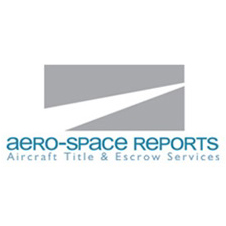Used jet loans
Financing aircraft more than 25 years old
To a prospective owner/operator, the older jet fits the mission perfectly. To a lender, the jet is an old, complex, pressurized piece of turbine equipment, the systems of which may be one or more generations obsolete. Whereas the buyer may see an eclectic mix of older and “classic” avionics, the lender sees an avionics suite requiring a complete replacement upgrade just to be in compliance. To the lender, the added expense of more maintenance associated with the older systems, along with the avionics upgrade, add avoidable overhead to the jet’s operational costs.
Meanwhile the jet will only continue to decrease in value over the life of the loan—hence older jets tend not to be financed.
Find the jet for your mission rather than find a jet for its own sake. A Falcon 900 might be admirable, but a slightly smaller, newer jet that performs the same mission profile may make more sense.That’s not to say deals involving 25- or 30-year-old jets cannot be done. If the jet is rated for single-pilot operations and is still in production, lenders are more inclined. Also, finance companies will seriously consider jets that are no longer in production if the manufacturer is still in business and offers a continuing support program. Examples include the Embraer Phenom 100 and the Cessna CitationJet.
Our perennial advice is to find the jet for your mission rather than find a jet for its own sake. A Falcon 900 might be admirable, but a slightly smaller, newer jet that performs the same mission profile may make more sense. A newer aircraft almost always broadens financing options, in terms of both the cost of money and the aircraft’s resale value.
aopafinance.org
800-62-PLANE (75263)

